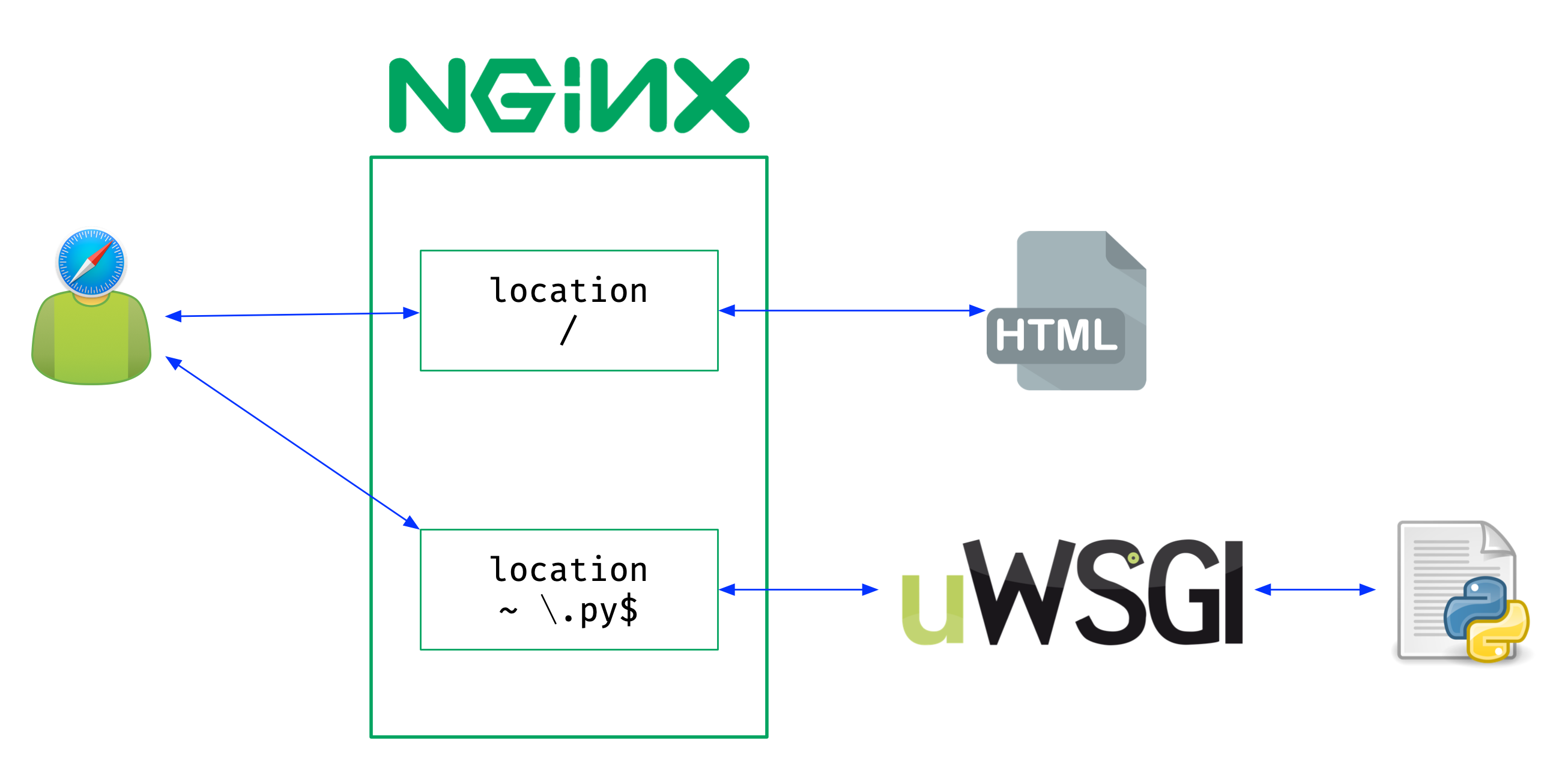This is the source code of the website for the education multi-disciplinary summer camp 'iHSE' from the Higher School of Economics - Nizhny Novgorod.
In short, it will make life easier for the camp organizers.
(common camp participant)
-
Schedule
During the camp, participants attend various lectures, master classes and entertainment events. The site provides an opportunity to view the schedule for each day and information on each event separately. -
Credits
Participants receive "educational credits" for participation in educational events or active participation in the life of the camp. By the end of the camp, participants must collect a certain number of credits.
On the personal page, you can view the history of receiving credits and current amount of it. -
Projects
During the camp, each participant must invent, develop and protect their project (individually or as part of a group). On the "projects" page, you can view all created projects and sign up for them if the participant does not currently have projects. The project is also shown in the personal account page. -
Enrolls
There are two types of educational events - lectures and masterclasses. And some masterclasses have a limited number of places to visit and you need to make an enroll in advance. Any participant can enroll for the event from the registration page, if there are enough available places. -
Account
The personal page displays the participant's credit history for all days of the camp, as well as the current amount of credits and the credits goal.
It is also possible to delete the current project, edit or leave it. You can also create a new one if you don't already have one. -
Feedback
A page to collect comments on some days. Reviews are collected for events that a person visited on that day, as well as for people who remembered in recent days (top).
(team Leader)
-
Credits
View and edit the history of getting credits for all camp participants in the form of a table. -
Profiles You can view users' pages to see beautiful graphics of their credits.
-
Events
Ability to edit the annotation for events and the maximum number of people in the event. -
Checkin
For each educational event, users must register for it (give credits) by scanning the QR codes of participants at the end of the class event. -
Timelines
View events in the timeline format. For each location, the events that will take place in it are shown.
TODO visual editing Capability.
All features of the moderator, as well as:
-
Schedule (Calendar)
Ability to edit\create\copy\delete events. -
Data base
Ability to fully edit all parameters in the database.[DANGEROUSLY] -
Reports View depersonalized statistics on feedback. Both top participants (selected by others) and statistics on events and counselors who conducted them.
-
Statistics
Statistics on the number of people in each of the units and their division by gender. It also shows the number and percentage of people who have accumulated the required number of credits and the average number of credits. -
Configuration
Allows you to configure the number of default credits received for different types of events. As well as set a requirement for the number of credits collected. -
Logging
Access to logs, some charts, dashboards and statistics in Kibana HTTP GUI.
-
develop
Development branch. No code style and tests. Should be used for everyday internal development process. You can fork some 'feature' branches from here, which have to be merged to this branch in the future. -
master
Master branch. So-stable version of the iHSE website. Every commit will trigger testing and codestyle checks. TODO: Every commit also will run integration testing in docker containers with prepared test database. -
release
100% stable branch. Every commit will be automatically deployed to the server throught ftp and runsetup.shscript. Each release should be taken (forked) from master branch and after hotfixes (if necessary) merged withreleasebranch, Moreover, each commit marked with a version tag.
So, internal development flow looks like:
- Developing in
developbranch (and feature branches, if necessary) - Merging to
masterand performing codestyle and tests corrections start again or - Do integration testing. Then merge to
release - Tagging and merging to other branches
And external development flow (public Pull Requests) looks like:
- Hahaha, TODO here!
No special website/webserver engine.
Static pages are provided by nginx server and dynamic data (AJAX) goes from uwsgi server.
Pure js with small inclusions of third-party components (e.g. progress-bar or progress-circle).
Using python uwsgi web server for users' interactions.
Together with PostgreSQL database.
TODO: Database is commited (backup) to a cloud server, to faster set it up during deploy process.
Several docker containers witch interact with each other. @see docker/readme.md
Using ELK stack + Beats services.
System collect all logs from nginx, uwsgi and postgres database.
ELK stack can be shortly described as linear stack:
- Logs: Server logs that need to be analyzed are identified
- Beats: Server logs that need to be analyzed are identified
- Logstash: Collect logs and events data. It even parses and transforms data
- 5000 - TCP input
- ElasticSearch: The transformed data from Logstash is Store, Search, and indexed.
- 9200 - HTTP
- 9300 - TCP transport
- Kibana: Kibana uses Elasticsearch DB to Explore, Visualize, and Share
- 5601 - HTTP
Full logging stat available on ihse.tk:5601.
TODO


